Home-grown peppers have a great demand in restaurants due to their unique taste and appeal. If you’re a plant lover, you can bring pepper seedlings and plant them in your garden. But, before you start with it, you must know the requirements of pepper seedlings.
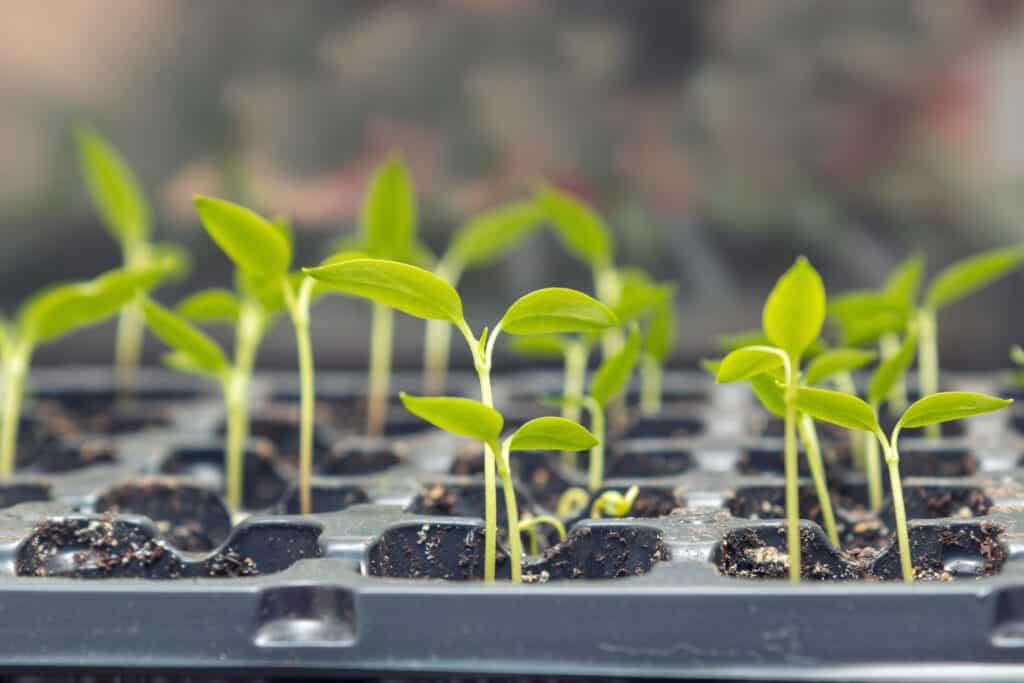
If you don’t take proper care of their health, they will turn purple which is a bad symptom. Some other reasons why pepper seedlings may turn purple are discussed below as follows:
1. Cold soil
You must know that pepper seedlings find tropical environments to be more suitable for their growth. They cannot grow in regions with cold temperatures. They aren’t cold tolerant where the temperature is less than 10°C. The reason is their inability to absorb the macronutrients such as potassium and phosphorus when the soil is cold.
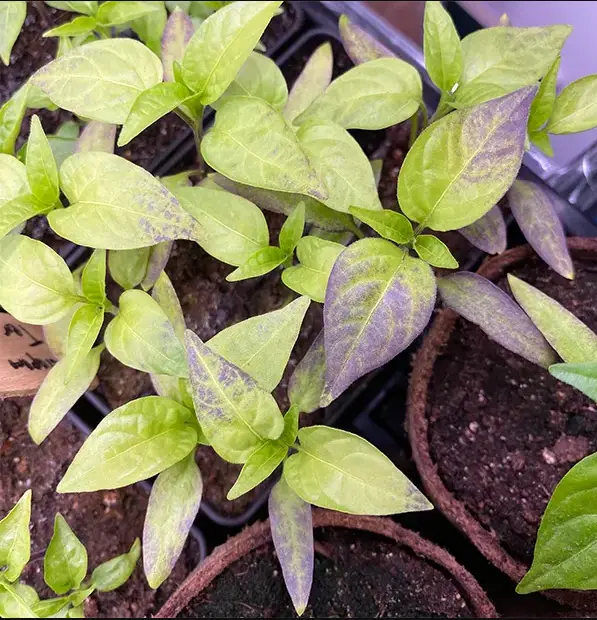
As an outcome, pepper plants become purple completely including the stems and leaves. Moreover, peppers can have black leaves and their growth may decline as happens in the case of nutrient deficiency. Gradually, the seedlings will become weak plants. And, will stop producing ample fruits and flowers.
Solution
This problem can be resolved naturally when the soil starts warming up. Gradually, the stem and leaves will turn green. It is not possible to control nature. But, if you grow the plant indoors then you can control the thermostat more than 10°C from getting into cold shock. Try to maintain the temperature somewhere around 18°C – 27°C to keep the surroundings cozy and warm.
2. Overwatering
Overwatering can make the leaves of your pepper plants turn purple. The mechanism remains the same as above. You find whenever the seedling gets excessive water; it gets into contact with the uptake of nutrients by roots. Too much water can cause damage to the roots because of which the root now becomes unable to take up enough nutrients. So, it becomes difficult for the pepper plants to grow and develop.
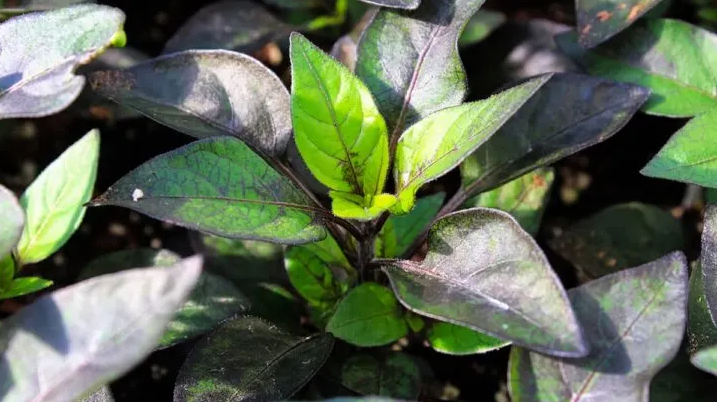
Solution
Pepper plants grow well in dry and not moist soil. The main rule is that they must be watered once a week and the water must drain properly from the soil. However, if the weather is very hot then you must water the plant two days a week. And if it rains, you must keep the seedlings protected from waterlogging.
Again with the growth of plants, they need more water than the ones which are at the seedling stage. In the hot summers, you must water the plants every day but in small amounts to make sure that they can absorb the required amount of water.
3. Sunburn
Pepper seedlings are fragile when they get highly exposed to sunlight and start turning purple. They were initially found in tropical America which means that they can grow in sunlight. But each plant has its level of tolerance. Even though peppers love being soaked in sunlight, there is a specific limit that can’t be crossed. They can also get sunburnt due to prolonged exposure to sunlight. The result is leaves turning purple and getting dried.
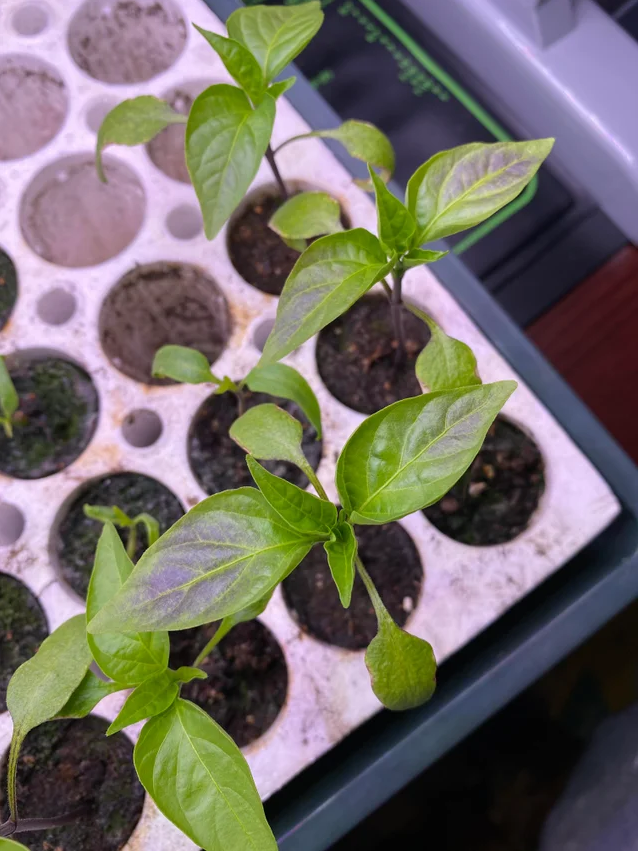
This thing can also happen if you plant these seedlings very close under grow lights. The problem may happen when you install white LED lights that are too dark for seedlings. You will find that in very intense light, the plant also gets stressed, and to keep them protected, they start to produce more anthocyanin pigments. These pigments can be seen as a purple color on the stems and leaves of the plant.
Solution
The seedlings must get a minimum of 6 hours of indirect sunlight every day. So, you must keep them at a place where this condition can be fulfilled. It is effective for them if they can get exposed to mild sunlight for a few hours. However, with an increase in heat, you must shift them under the shade.
If you’re not able to move the plant so easily before afternoon make use of a thing to create a barrier against sunlight to help your pepper seedlings get the filtered sunlight only. If you grow this plant indoors, you just get those grow lights that are dimmable so that their light intensity can be adjusted whenever needed.
4. Viral infections
There are a few viruses that can lead to purple leaves on pepper plants. The viruses can cause the plant to wilt. Besides, the infection can distort the leaves and make them look purple. The leaves have yellow round spots. The peppers become rotten and misshapen. The result of this is that the harvest is no longer edible to the consumers.
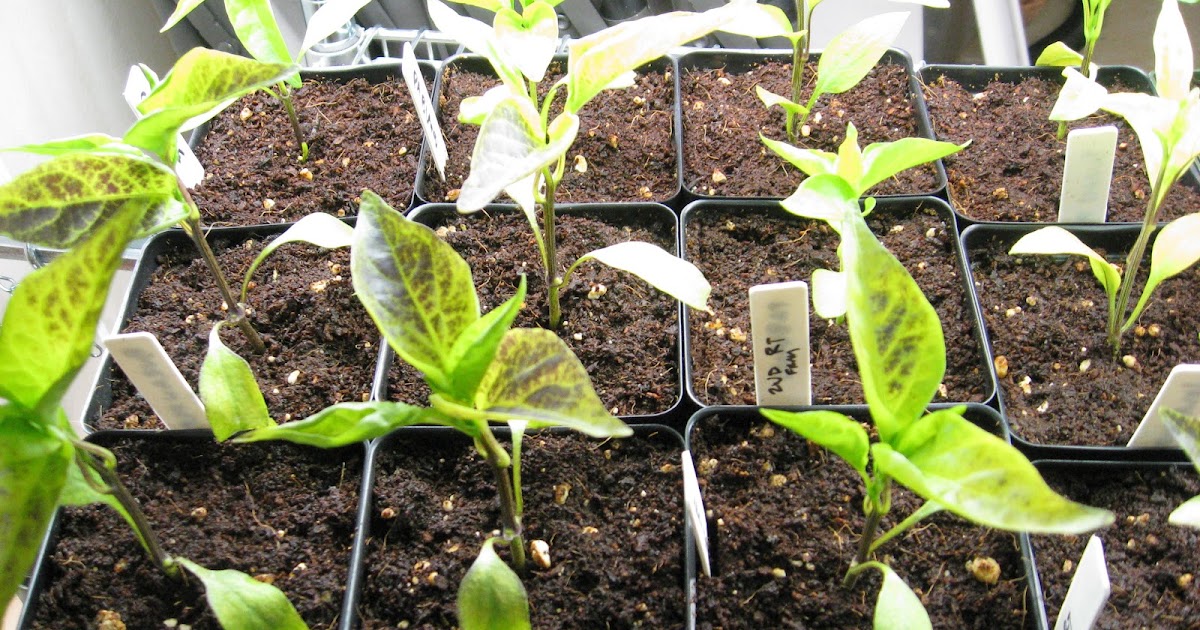
Solution
The viral infections are usually carried via aphids, thrips, and whiteflies. For treating viral diseases, you must remove these insects first. If the seedling gets affected, there is nothing you can do to the plant to get rid of the virus. This is the reason why you must treat the pepper seedlings regularly using food insecticide. Prevent using any harmful chemicals. Rather, select one that is useful in killing pests and not dangerous to your pepper seedlings.
5. Lack of nutrients
Lack of nutrients can also cause your pepper seedlings to turn purple. You must know that pepper seedlings don’t need too many nutrients but that doesn’t mean they need no nutrients at all. Your pepper plants require phosphorus to make energy and prepare nucleic acids and sugar.
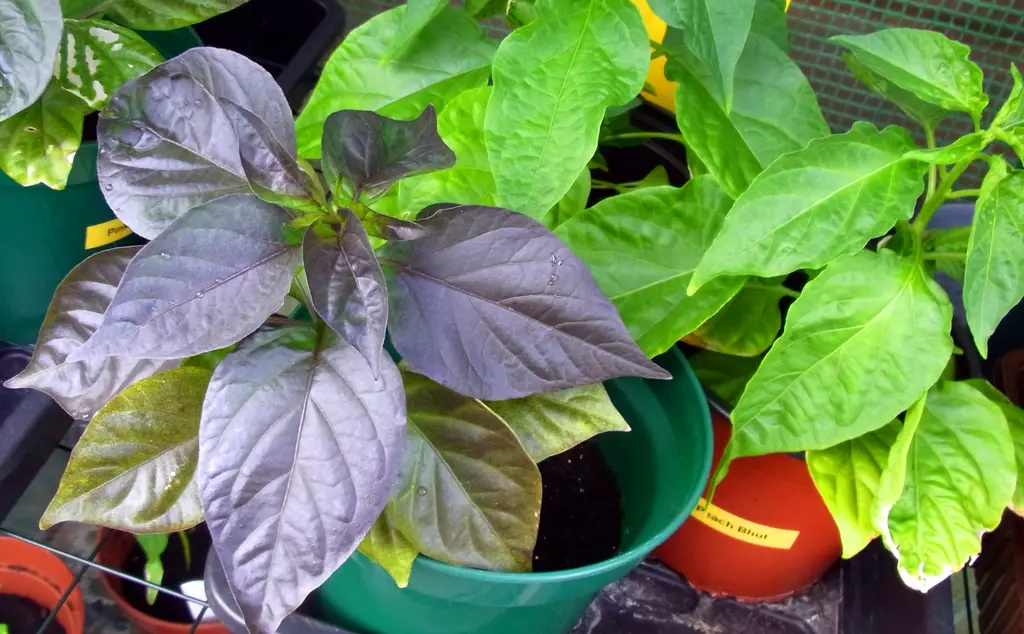
Solution
The best solution to this problem is to provide your plants with the required nutrients in the right amounts. The first step you need to follow is to know which nutrients are low in the soil. You can use a soil testing kit to check which nutrient is less in the soil.
Conclusion
These are some of the main reasons why you might find your pepper seedlings to turn purple. You must try to figure out the cause first and then use a suitable method to get rid of the cause. Make sure to use the right solution as even a single step can make the process go wrong.

![5 Reasons for Pepper Seedlings Turning Purple [360-Degree Solution]](https://www.plantsofmerit.org/wp-content/uploads/2022/08/5-Reasons-for-Pepper-Seedlings-Turning-Purple-360-Degree-Solution.jpg)